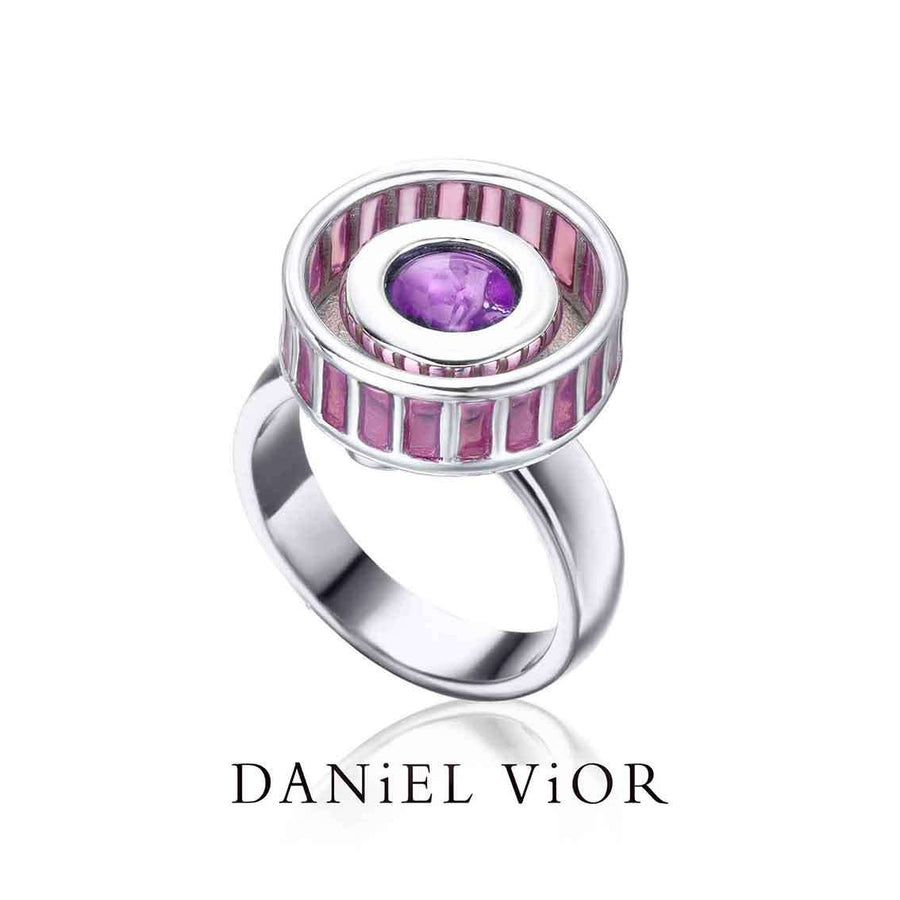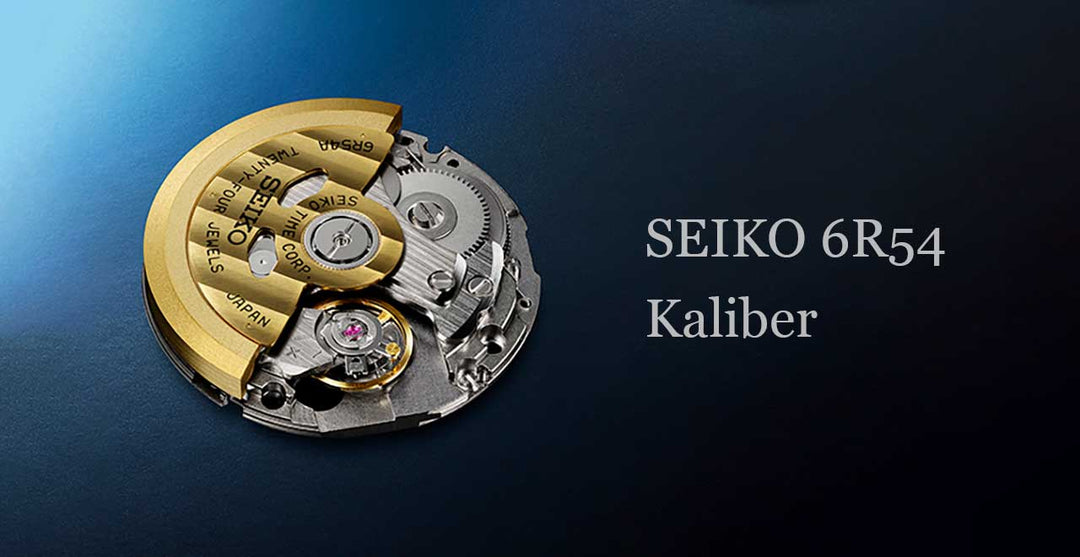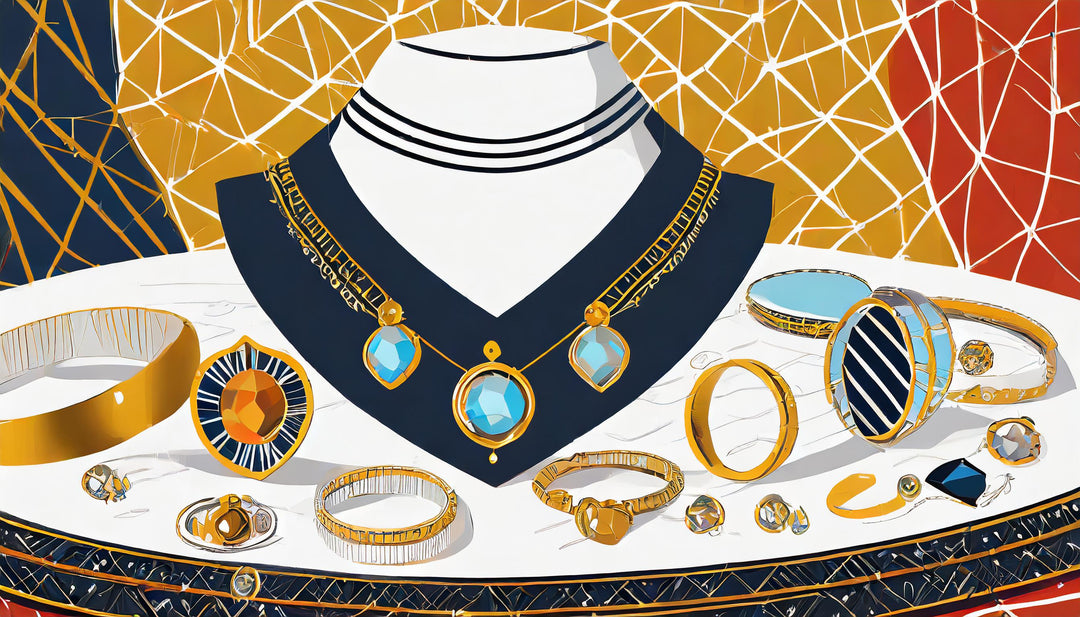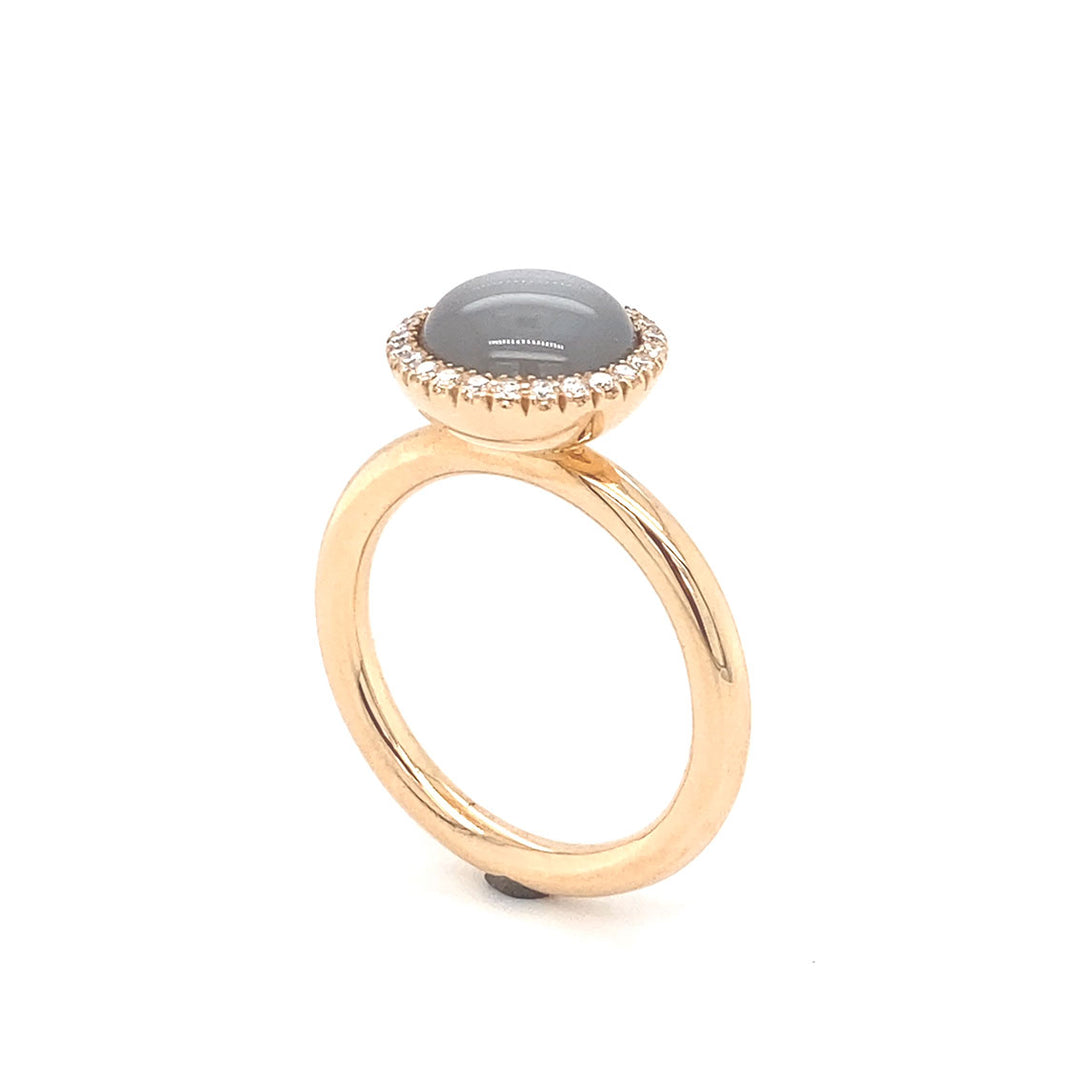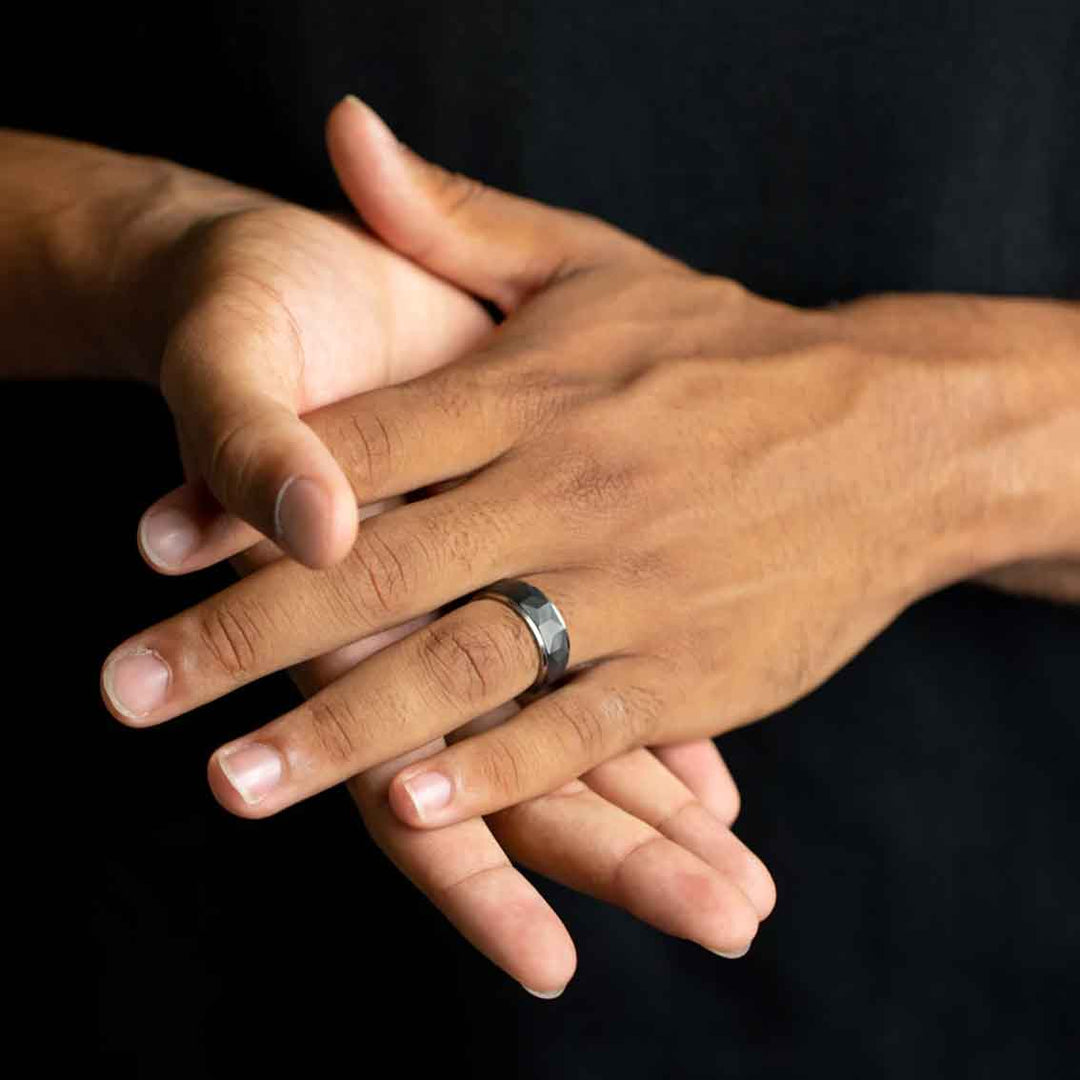Movements – the heart of every watch
Photo by Miguel Á. Padriñán from Pexels
The heart of every watch, whether an inexpensive quartz watch or a high-quality mechanical watch, is its movement, which is designed to display the time as accurately as possible. This mostly invisible and inconspicuous technology can vary considerably in design and complexity, and thus, in particular, in the price of the watch.
In a series of articles, we would like to explain the technology of the different movements in more detail and provide a brief insight into how they work, the different manufacturers, and the special features of some movements.
What types of watch movements are there?
A distinction is made between mechanical movements with hand winding, automatic movements, quartz movements and solar movements (such as Eco Drive from Citizen).
Mechanical watch movements
A mechanical watch movement consists of approximately 100 precisely crafted individual parts. The so-called "balance wheel" is the heart of the movement and ensures its precision. With its continuous forward and backward movements, the balance wheel and its spring divide time into equal intervals, thus precisely regulating the passage of time. The movements of the hairspring, the oscillations, are responsible for the watch's ticking. In total, the oscillations of the balance wheel correspond to 385,000 revolutions per day. In all mechanical watches, the kinetic energy is stored in the so-called mainspring, which must be wound every day. When fully wound, the mainspring supplies energy to the wheels of the movement for 40 to 80 hours (depending on the manufacturer and model). This is called the watch's power reserve.
Depending on the watch manufacturer, two different types of mechanical movements are used:
- Manual movements: Manually wound movements remain the classic among mechanical watches. As the name suggests, the watch's power reserve is manually restored by turning the crown daily. Depending on the model, 30 to 80 turns are necessary to fully recharge the power.
- Automatic watch movements: These are equipped with an oscillating weight that rotates and pulls the mainspring when the wearer moves their wrist. Automatic movements don't need to be wound every day. However, it's recommended to wind them with about 20 turns of the crown to ensure the watch functions properly.
Tissot watches use a Swiss ETA movement, Seiko uses its own, and Citizen produces a movement for mechanical watches under the MIYOTA brand that is used by many other watch manufacturers – mainly Caliber 8215 and 9015. Victorinox also uses ETA movements, but also movements from Sellita, a Swiss manufacturer founded in 1950 that for a long time acted as a so-called “repairer” specifically for ETA movements.
Citizen has established a unique position in watchmaking with its pioneering and sustainable Eco-Drive technology. This technology draws power from a built-in solar cell, movement, or heat, thus reducing the need for battery changes. Thanks to the resulting extensive storage capacity, most Citizen Eco-Drive watches have a long-lasting power reserve in the dark. However, the watches should not be stored in complete darkness for too long, as otherwise the solar cell will completely discharge.
Quartz movements
The quartz movement consists of two fundamental components: a quartz stone , which replaces the balance wheel in mechanical movements, and a battery (instead of the manually or automatically wound mainspring). The battery supplies the current that generates vibrations in the quartz stone at a specific frequency (32,768 Hz), corresponding to the much higher precision of a mechanical movement. These vibrations are divided into steps by the copper hairspring, which transmits them to the gears, causing the second hand to jump.
Individual watch manufacturers offer a diverse range of quartz movements – from simple three-hand versions to analog perpetual calendars. Tissot, for example, offers the most complete quartz movement with 20 different functions in its T-Touch collection.
Tissot's most important mechanical movements
Tissot was founded in 1853 in the small town of Le Locle in the Swiss Jura by Charles-Félicien Tissot and his son Charles-Émile Tissot. A good 50 years later, in 1907, a factory was built on Chemin des Tourelles. The company remains headquartered here to this day, and these historically significant locations are reflected in the names of some models.
Powermatic 80

the technical details:
- Functions: hours, minutes, central seconds; date
- Diameter: 25.6 mm (11 ½ lines)
- Height: 4.74 mm
- Stones: 25
- Power reserve up to 80 hours
- Impact rate: 21,600 A/h (3 Hz)
» Gentleman Powermatic 80 Silicon T127.407.16.041.01
Powermatic 80 Silicon

A special feature of this caliber is that the balance spring is made of anti-magnetic silicon and not steel.
» Gentleman Powermatic 80 Silicon T127.407.11.091.01 men's watch
ETA 2836-2

This mechanical movement is one of the most widely used automatic movements in the world. It is extremely robust and reliable.
the technical data:
- Functions: hours, minutes, central seconds; date
- Diameter: 25.6 mm (11 1/2 lines)
- Height: 5.05 mm
- Stones: 25
- Power reserve up to 38 hours
- Impact rate: 28,800 A/h
» Heritage Visodate automatic T019.430.11.041.00
Swissmatic

the technical details:
- Functions: hours, minutes, central seconds; date
- Diameter: 31.9 mm (14 1/4 lines)
- Height: 5.77 mm
- Stones: 19
- Power reserve up to 72 hours
- Impact rate: 21,600 A/h (3 Hz)
» Tissot Gent XL Swissmatic T116.407.36.051.00 men's watch
A05.H31

Automatic chronograph caliber based on the popular Valjoux 7750 design.
the technical details:
- Functions: Hour, minute, decentralized second, date
- Diameter: 30 mm (13 1/4 lines)
- Height: 7.9 mm
- Steinne 27
- Power reserve: up to 60 hours
- Impact rate: 28,800 A/h
» Tissot PRS 516 Automatic Chronograph T100.427.36.20.100
7753

The proven chronograph caliber Valjoux 7753, which powers the Tissot Heritage 1973 chronographs, has been in production since 2002 and is one of the newer calibers in the family. It's used in chronographs priced from €1,000 to around €3,000.
the technical details:
- Functions: Hour, minute, decentralized second, date
- Diameter: 30 mm (13 1/4 lines)
- Height: 7.9 mm
- Stones 27
- Power reserve: up to 48 hours
- Impact rate: 28,800 A/h




